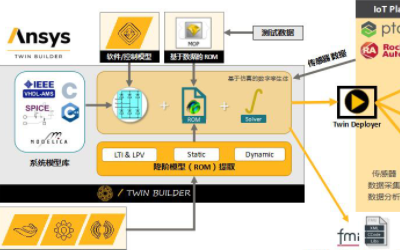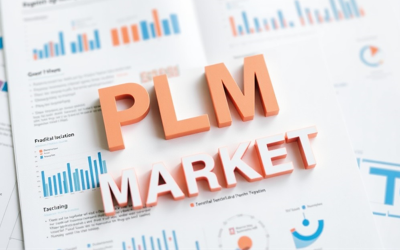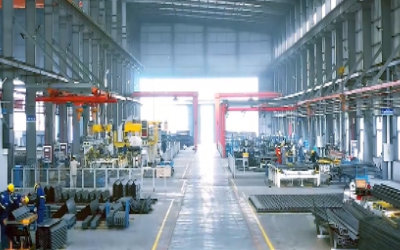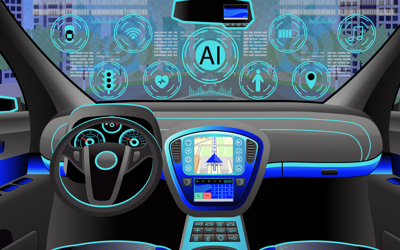Siemens PLM strategy in the new economy
From September 4th to 5th 2013, I attended Siemens PLM Software 2013 Analyst and Media Conference and listened to Siemens PLM leaders and well-known customer representatives from automotive, shipbuilding, and aerospace defense industries. In the conference, I get a comprehensive understanding of Siemens PLM strategies, industry solutions, and upgrade of products and solutions lately.
- The digitalization of manufacturing is transforming the way goods are made. Digitalization, simulation, new frabrication processes, and robotics are changing the face of industry.
- Increased personalization supporting a growing customer class. New marketplace needs are emerging and there is a trend toward customization.
- The sustainable growth of industry has been encouraged to be an important direction of economic policy investing. Industry and manufacturing is being re-valued for its contribution to both enterprise and societal development.
- From mass production to mass customization. Manufacturing is going to need more advanced technologies.

Manufacturing giants increasingly value manufacturing industry
Chuck believes that PLM is the core technology supporting the manufacturing innovation. Needs of PLM applications are urgent in manufacturing, which includes continuous flow from factory floor to back office operations, verification of product and production process, fast but thoughtful adoption of new technology, an end-to-end understanding and analysis of systems and their applications, lower the cost of developing advanced systems, and greater focus on quality management. Under this condition, Siemens PLM is delivering on their vision for an "immersive decision-making platform" through HD-PLM. Chuck also stressed on the concept of systems-driven product development which means integrating simulation, test and services to drive product performance decisions.
The acquisition of LMS makes Siemens PLM more powerful. LMS solutions play a very important role in the latest "V-structured system driven product development" in Siemens PLM. LMS CEO, Mr. Jan Leuridan said that, "LMS is going to cement its leadership in system simulation, mechatronic simulation, and testing. LMS portfolios functions such as Test.Lab, Virtual.Lab, Imagine.Lab, and Samtech will be enhanced in the future. Furthermore, LMS is going to integrate with Siemens PLM simulation tools to form a more complete and powerful solution."

The acquisition of LMS enabling "closed-loop system driven product development"
One advantage of LMS is to provide multi-level complexity modeling. In the stage of conceptual design and detailed design, LMS provides corresponding 1D and 3D models to realize multi-level complexity modeling. Besides, LMS provides unique solutions in simulation and testing. It combines the simulation and testing so that engineers can do simulation in an early stage and testing in a later stage. These two key factors maintain LMS competitive edge in the development of complex product technology. The integration of LMS and Siemens PLM will help improve system-engineering based next generation product development ability.

Siemens PLM HD-PLM Solutions
Compared with last year, the conference this year laid more emphasis on industry solutions and introduced Catalyst (industry accelerators) in each industry. Catalyst shows that Siemens PLM provides industry customers a set of pre-configured industry best practice. Customer specific practice has lowered from 30% to 10% and plenty of time has been saved for implementation and rollout. Right now, Siemens PLM has launched automotive functional safety and electronics & semiconductor Catalyst. Shipbuilding and footwear Catalyst will be available in December this year.
Another highlight of the conference is the 4th Generation Design (4GD). 4GD supports the design of very large systems and enables change control and change management, collaboration and concurrency of various processes. It has mainly changed software architecture to realize the possible upgrading of complexity products designing as well as the scalability in multi-level products. It has been well adopted in marine industry. In its latest version of NX9, 4GD technology is for increasing design efficiency of large assemblies. NX9 integrates new functions and disruptive technologies such as ST2D, 4GD, and NX Realize Shape. They can help customers improve work efficiency remarkably. Solid Edge ST6 also upgraded its functions in June this year, including 4 times faster in surfacing creation, 6 times faster in editing imported data, and 6 times faster in optimizing material mass.
Another concept proposed in the conference is "simplifying PLM", Teamcenter 9 builds up application platform to further improve user experience and simplify deployment. The latest user interface, Active Workspace empowers Siemens PLM to further enhance its global deployments. Active Workspace is an intuitive, highly visualized, and personalized technology adopting modern web technology of HTML5 and is being deployed across the Siemens PLM portfolio. Based on Active Workspace, Teamcenter can operate on multi-platforms such as desktops, laptops, tablets, smart phones and in many operating systems like Windows, Linux, OS, Android and iOS7.
I also listened to Siemens PLM's ETO solutions, which is the product from RuleStream acquired by Siemens PLM. It can satisfy customers' personalized demand. Another one Geolus, a 3D geometry search engine can help enterprises increase reuse rate of parts largely. Teamcenter 9 provides CAPA (Corrective Action and Preventive Action) function for quality management and product cost management function.
According to Siemens PLM CTO, Siemens' JT Data Format has been recognized as ISO International Standard for viewing and sharing lightweitht 3D product information in December 2012. It means that JT will be applied widely in the future, which to Siemens PLM, it will definitely bring significant value.
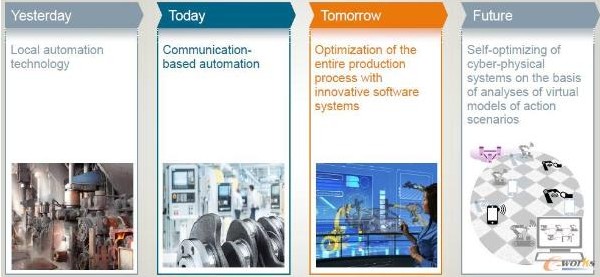
Bringing intelligence to the entire product development and production process
What's the future of manufacturing? Chuck shared his expectation on manufacturing. He believes that one of the important trends is bringing intelligence to the entire product development and production process. Integrated solution of information and automation solutions is no doubt the unique competitive advantage of Siemens in the global market. Recently, Siemens has built a digital factory in Chengdu similar to one in Germany. The factory is highly intelligent and automated. One executive of Changan Automobile told me that he was shocked by the high level of automation there. I'm looking forward to visit the factory and further experience Siemens PLM strategy in the new economy.
English Editor: Huan Tan




